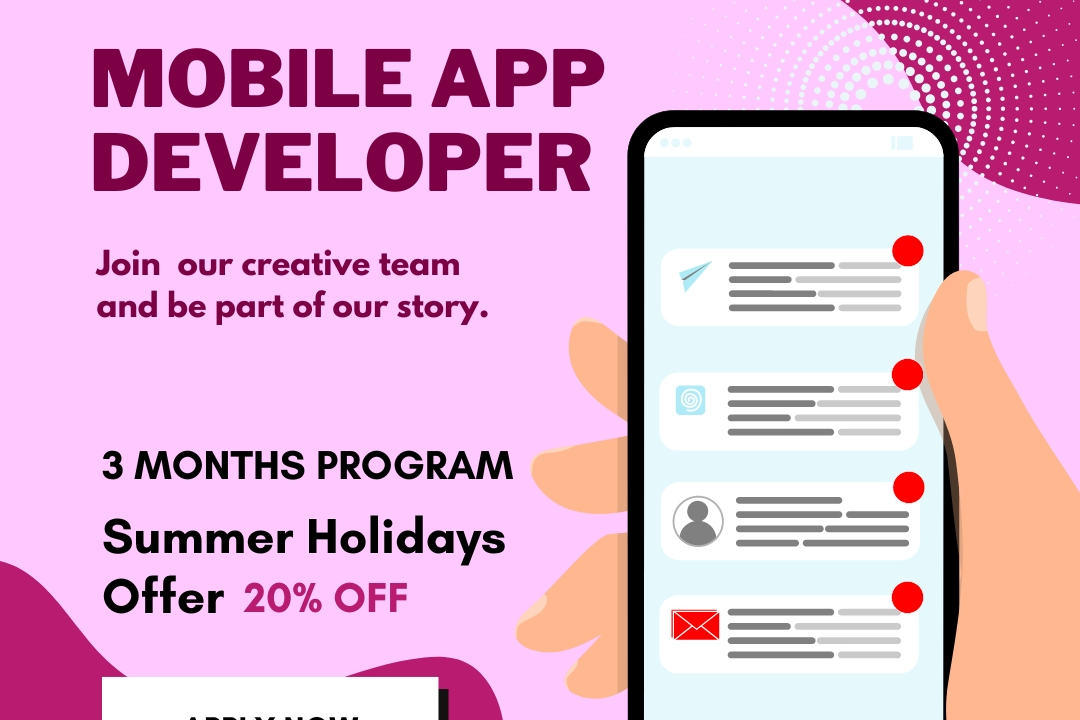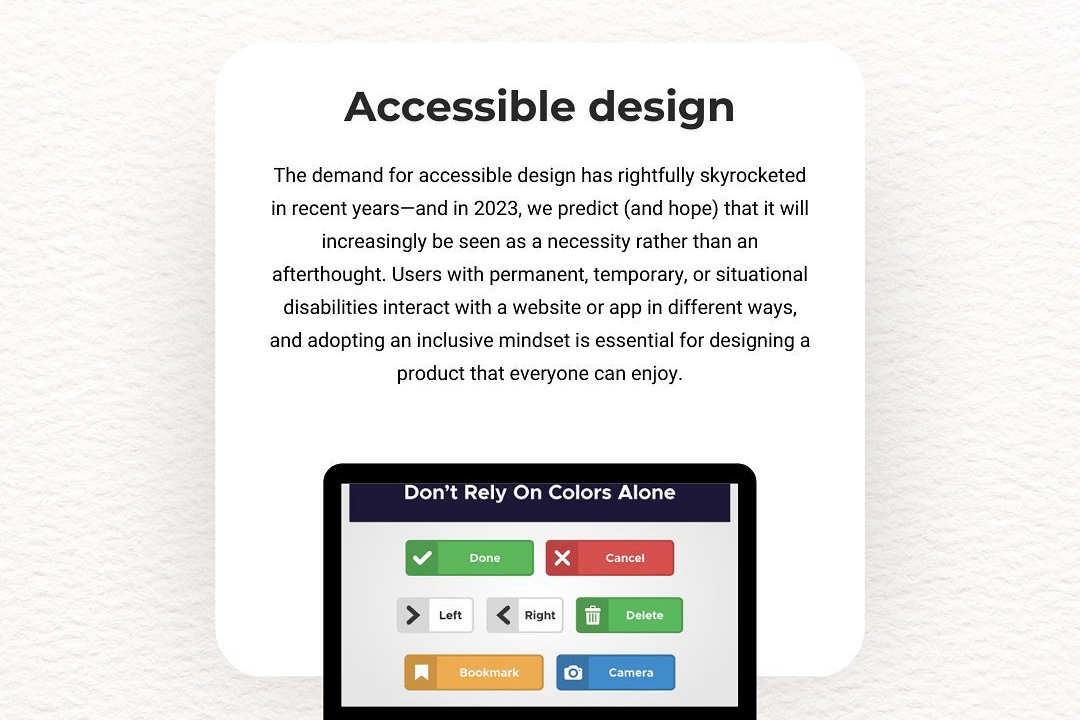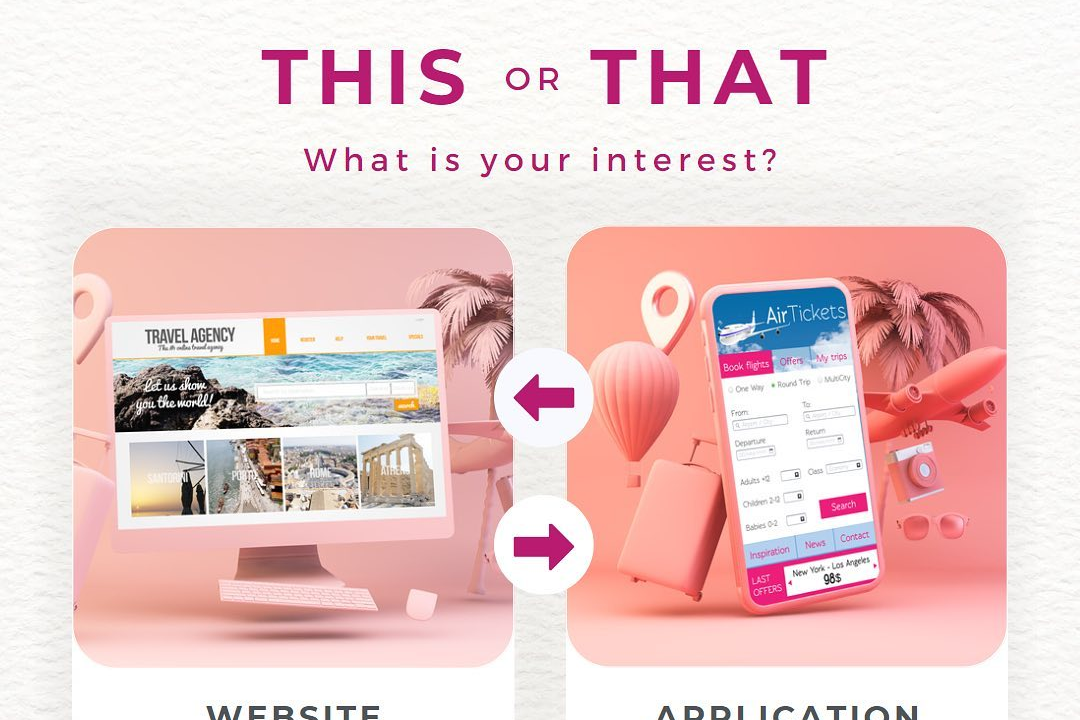Flutter Project Management Best Practices
Optimizing Flutter Project Management: Best Practices for Success
Flutter Project Management Best Practices
Effective Flutter project management involves adhering to several best practices that enhance maintainability, scalability, and collaboration. Firstly, use a consistent folder structure to organize your project files based on features, separating UI, models, services, and widgets to promote clarity. Implement state management solutions like Provider, Riverpod, or Bloc to manage your app's state efficiently. Follow the Dart coding conventions to maintain code quality, and leverage linting tools to catch potential issues early. Utilize version control systems like Git for collaborative work and ensure proper documentation of your codebase and project decisions. Employ automated testing, including unit, widget, and integration tests, to ensure reliability and facilitate continuous integration/continuous deployment (CI/CD) pipelines for seamless updates. Additionally, maintain thorough communication within your team using project management tools like Jira or Trello to track progress and tasks effectively.
To Download Our Brochure: https://www.justacademy.co/download-brochure-for-free
Message us for more information: +91 9987184296
1 - Project Structure:
Organize your Flutter project with a clear directory structure. Common folders include `lib`, `assets`, `test`, and `build`. This makes navigation straightforward and improves code maintainability.
2) Version Control:
Use Git for version control. Regularly commit changes and use branches for feature development. This allows for easier collaboration and rollback if needed.
3) Flutter Packages:
Leverage Dart packages from `pub.dev` for common functionalities. This reduces development time and encourages the use of well tested code.
4) State Management:
Choose a state management solution that fits the project's needs (e.g., Provider, Riverpod, Bloc). Consistent state management helps separate UI from business logic.
5) Responsive Design:
Design with responsiveness in mind. Use MediaQuery or LayoutBuilder to ensure your app works well on various screen sizes and orientations.
6) Code Quality:
Maintain high code quality by following the Dart Style Guide. Use tools like `dart analyze` to check for issues and follow best practices.
7) Testing:
Write unit tests, widget tests, and integration tests. Testing is crucial in identifying bugs early and ensuring application stability and performance.
8) Documentation:
Document your code and project setup. Use comments, README files, and Dart’s documentation features (`///`) to help other developers understand your work.
9) Error Handling:
Implement robust error handling throughout the application. Use Flutter’s error handling mechanisms to provide users with informative messages instead of the app crashing.
10) Performance Optimization:
Optimize performance by reducing widget rebuilds, using const constructors, and implementing lazy loading for images and data.
11) UI/UX Design Principles:
Adhere to Material Design guidelines for Android and Cupertino for iOS. Good design improves user engagement and satisfaction.
12) CI/CD Setup:
Establish continuous integration and continuous deployment (CI/CD) pipelines to automate testing and deployment. This reduces the risk of human error and accelerates the release process.
13) Dependency Management:
Keep dependencies up to date and regularly audit them for security vulnerabilities. Use `flutter pub outdated` to check for outdated packages.
14) Accessibility:
Ensure the app is accessible to all users by implementing features like screen reader support and sufficient color contrast. This will enhance user experience for people with disabilities.
15) Community Involvement:
Encourage participation in the Flutter community. Joining forums, attending meetups, and contributing to open source projects can provide valuable learning and networking opportunities.
16) Iterative Development:
Adopt an agile, iterative development process. Break features into smaller, manageable tasks and prioritize them based on user feedback and project goals.
17) Use of Animations:
Utilize Flutter’s powerful animation library to create smooth transitions and engaging user experiences while being mindful of performance impacts.
18) Local and Remote Storage:
Use appropriate data storage solutions (like SQLite for local storage or Firebase for cloud storage) based on the app's requirements and expected data size.
By covering these points in a training program, students can gain a comprehensive understanding of Flutter project management and best practices that will prepare them for real world development scenarios.
Browse our course links : https://www.justacademy.co/all-courses
To Join our FREE DEMO Session: Click Here
Contact Us for more info:
- Message us on Whatsapp: +91 9987184296
- Email id: info@justacademy.co












